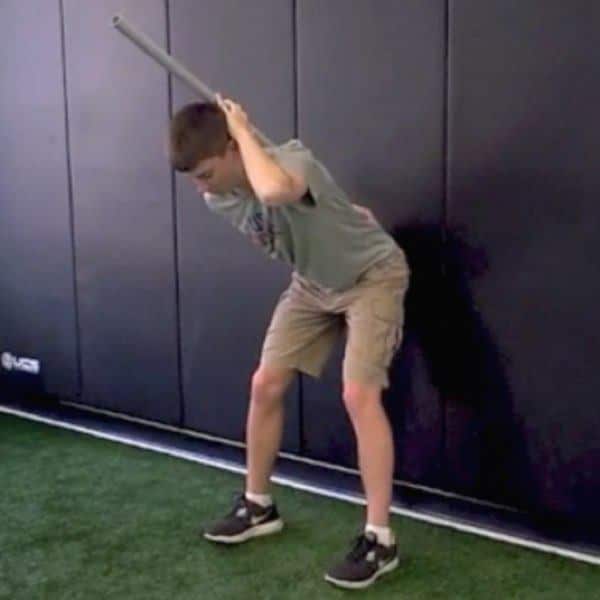This past weekend, I was speaking at the Elite Training Workshop that we hosted at Champion PT and Performance in Boston on the topic of Integrating Corrective Exercises with Performance Enhancement. As I was going through my slides, I actually tweaked it a bit and added one new slide with a simple statement:
Stop Trying to Correct and Start Trying to Enhance

But there are some people that still refer to corrective exercises as exercises designto “fix” someone or “reduce pain.” I would argue, this is not what corrective exercises are supposed to be utilized for within a training program. Fixing injuries uses rehabilitation exercises, not corrective exercises. They are different.
This may be why you see people doing a squat on an unstable surface and calling it a “corrective exercise.” What are you trying to correct with that exercise?
One of the major components of using corrective exercises is a thorough assessment. Without an assessment you are just taking a stab at something. Without a through assessment, you are looking at an incomplete picture. This may be OK to try on some people, but will be ineffective with many people, and could actually be detrimental with people in pain. I’ve talked about this before in what I call The Corrective Exercise Bell Curve.
I would define corrective exercises more like this:
Corrective exercises are designed to enhance how well you move and perform. [Click Here to Tweet This]
So Do We Really Need to Use Corrective Exercises in the Fitness and Performance World?
I still think we do, but perhaps we should really change our focus. Corrective exercises shouldn’t be used to “fix” people. That implies there is a problem. Don’t think of it as taking someone that is below their baseline capacity and getting them back to baseline, think of it as enhancing someone’s baseline and raising their capacity.
“Corrective exercise” is probably not the best terminology, perhaps that is part of the problem. Incorporate corrective exercises to help enhance people. Again, I’ll go back to that original phrase from my new slide:
Stop trying to correct and start trying to enhance. [Click Here to Tweet This]
Use corrective exercises to enhance someone’s mobility, or improve someone’s movement pattern, or to add a strength emphasis to an area that is weak. In this last example, if someone is quad dominant, has poor glute strength, and overuses their low back instead of their hips to hips, a “corrective exercise” may be a deadlift variation! That doesn’t seem like rehab to me, that seems like performance enhancement, doesn’t it?
Learn How I Integrate Corrective Exercises with Performance Enhancement
If you are interested in learning how I integrate corrective exercises into our performance enhancement programs at Champion, I have an Inner Circle webinar on the topic. In the presentation, I discuss:
- What corrective exercises really focus on
- How to classify corrective exercises into specific components
- My system for determining which corrective exercises to perform
- What you can do to maximize the effectiveness of your corrective exercises
- How and when to integrate corrective exercises into your rehabilitation, fitness, or performance enhancement program
To access the presentation:
- Inner Circle members can access the webinar by clicking here
- Learn how you can join my Inner Circle for under $10 to gain access to this presentation and more






